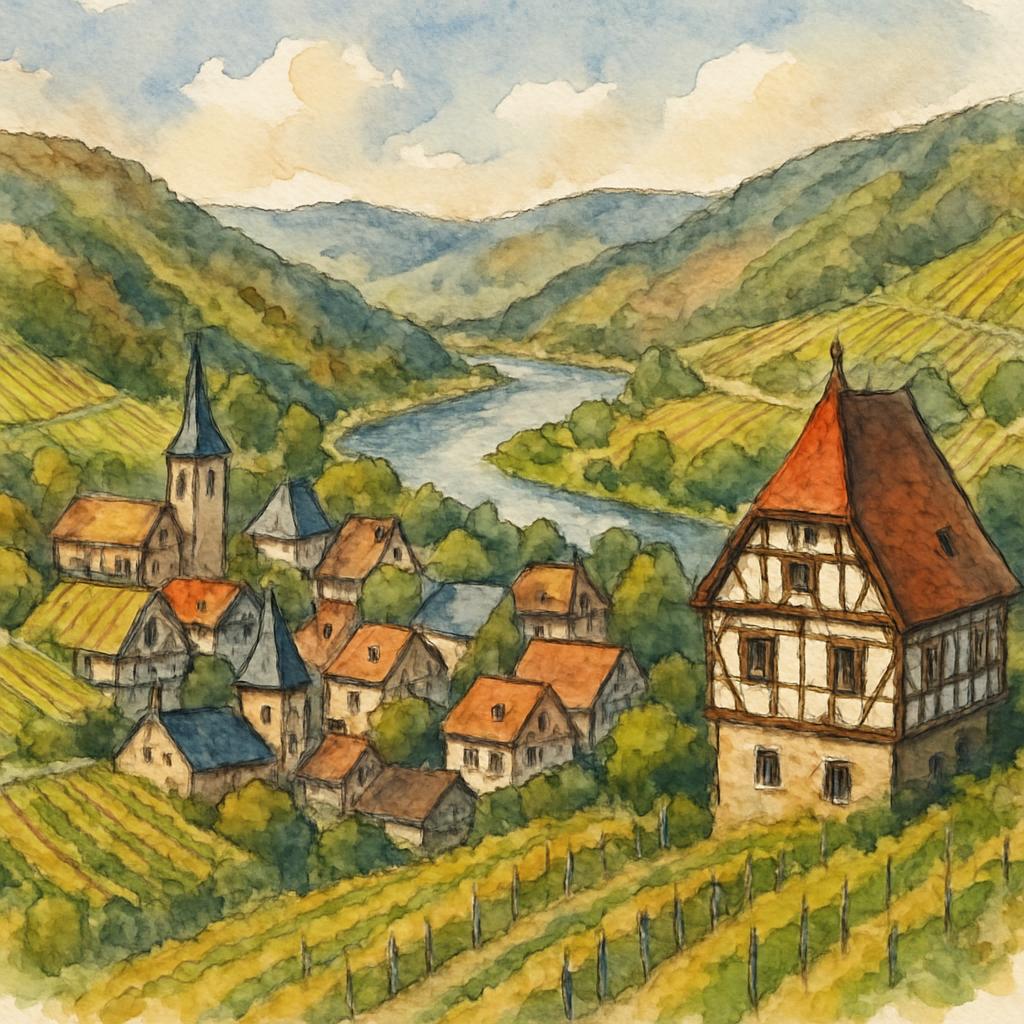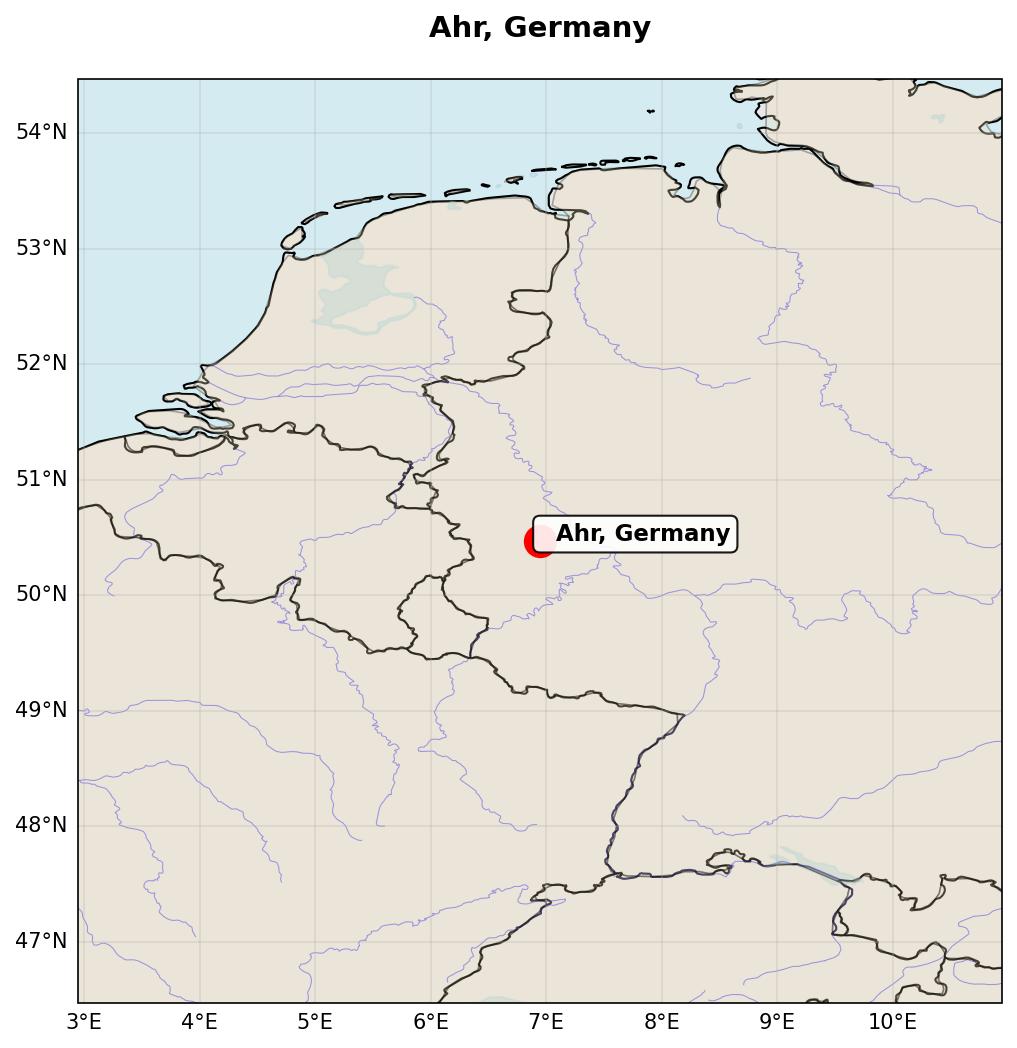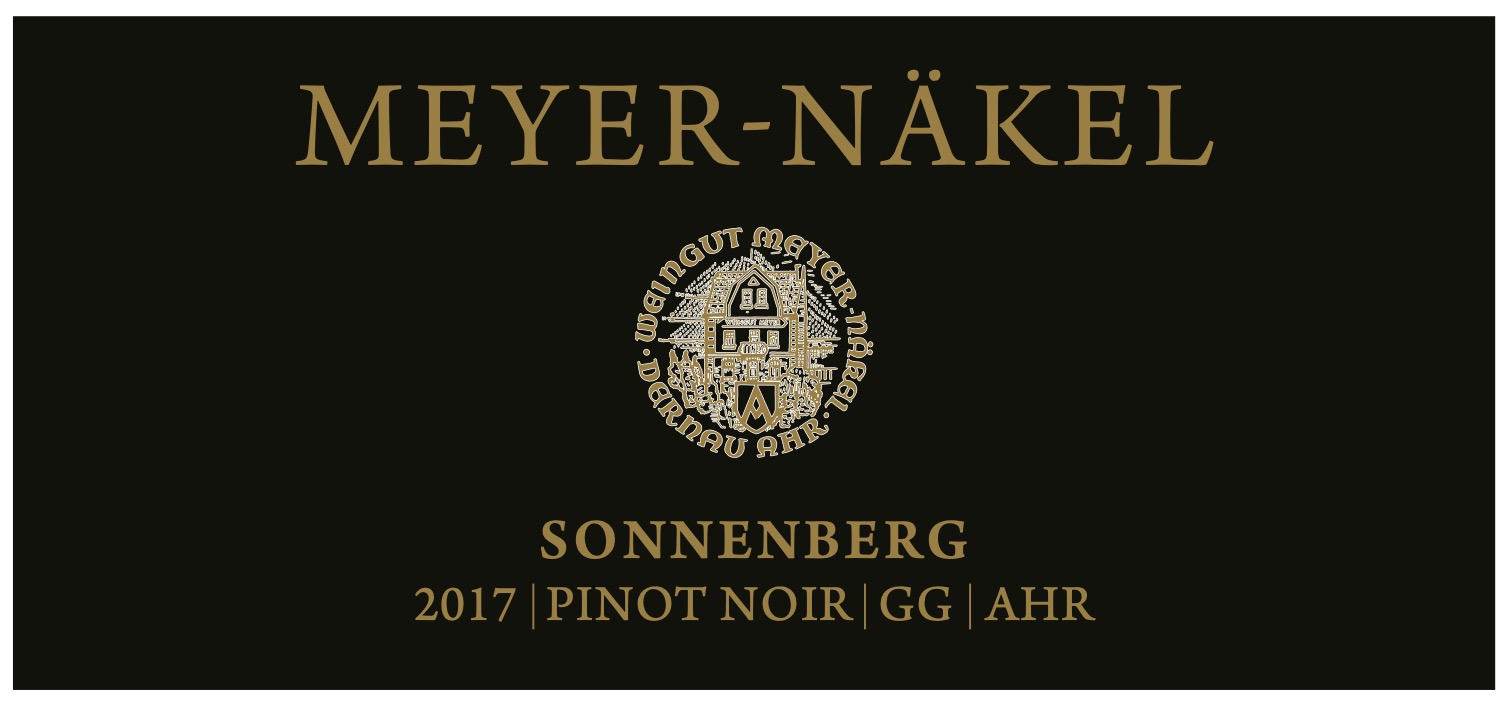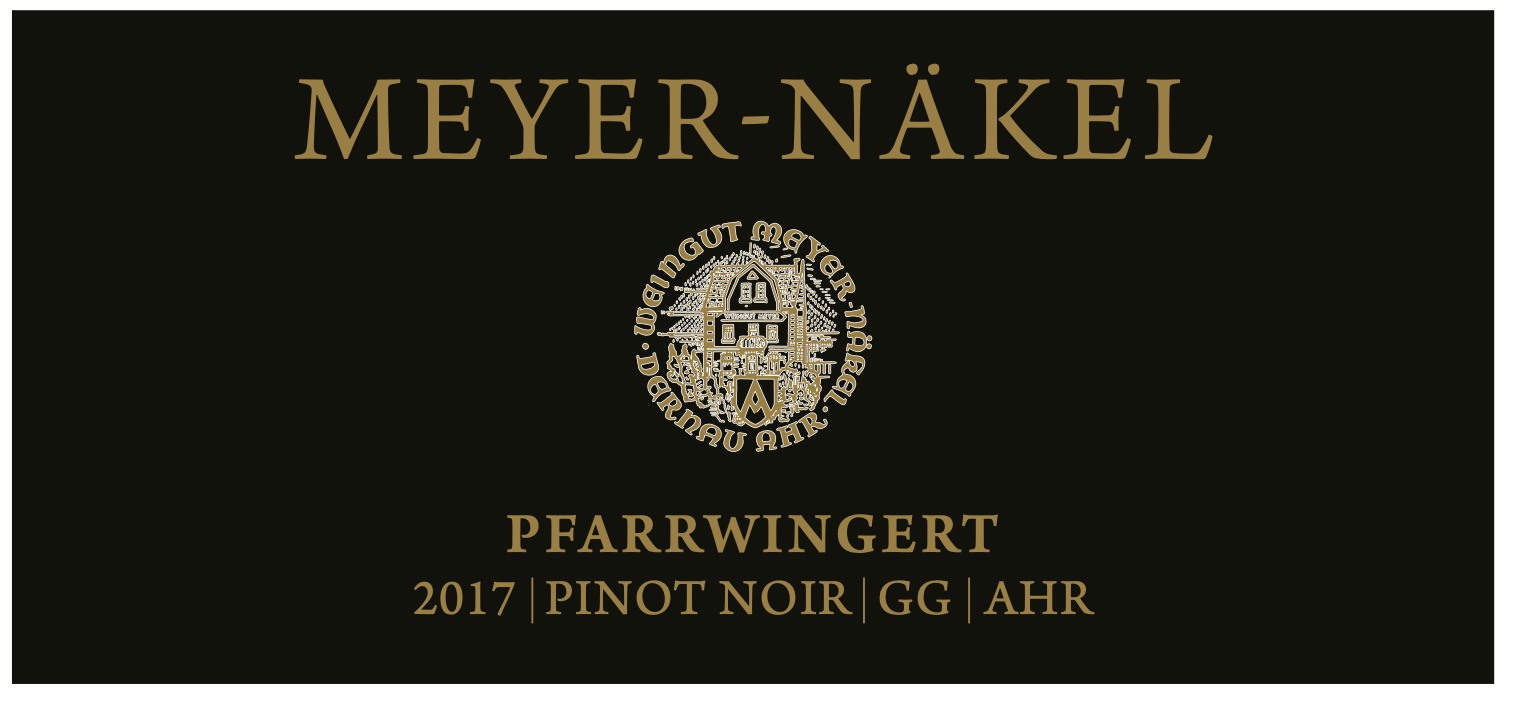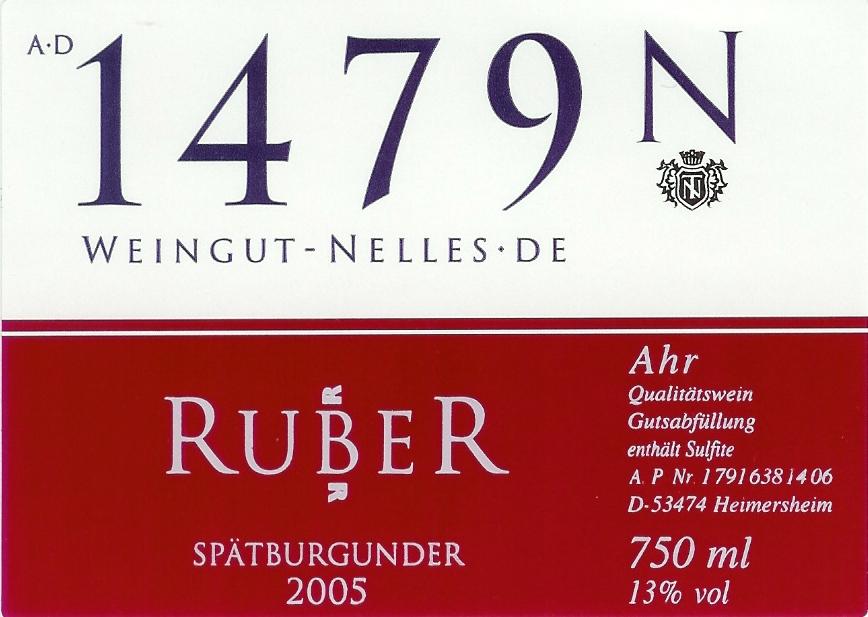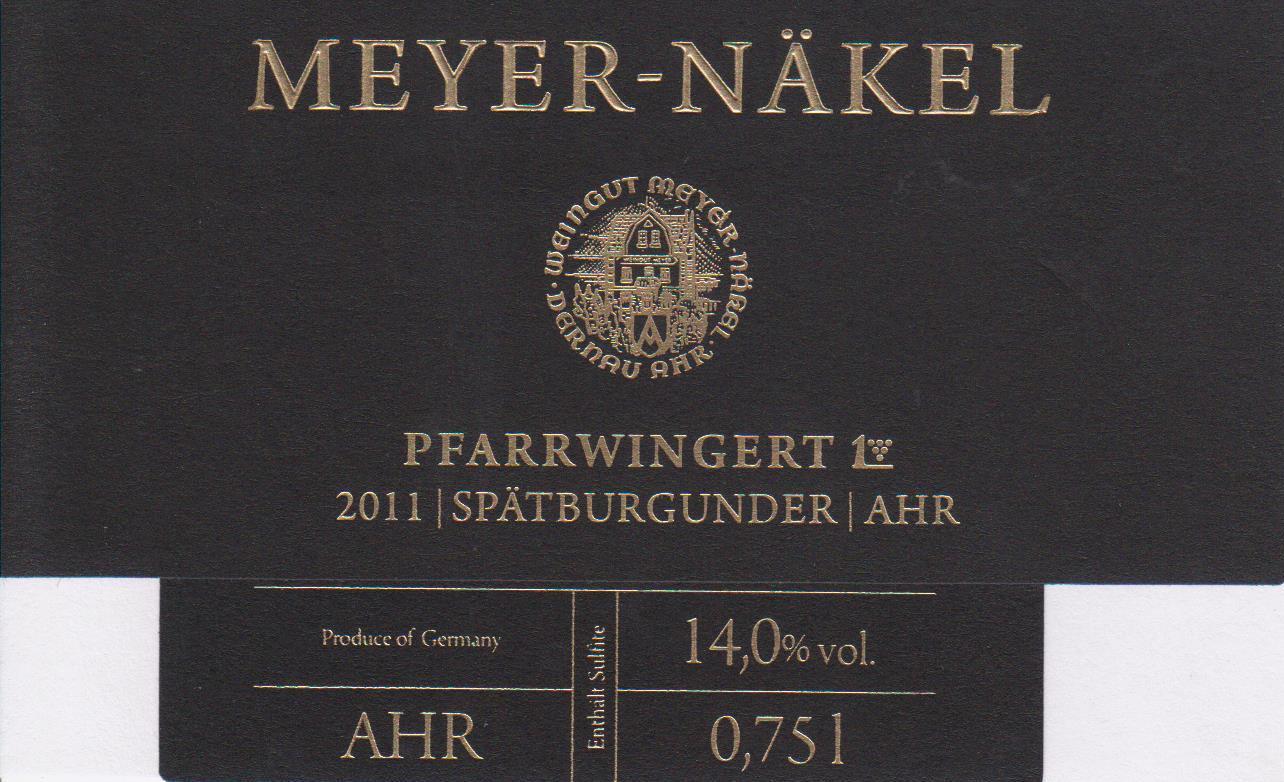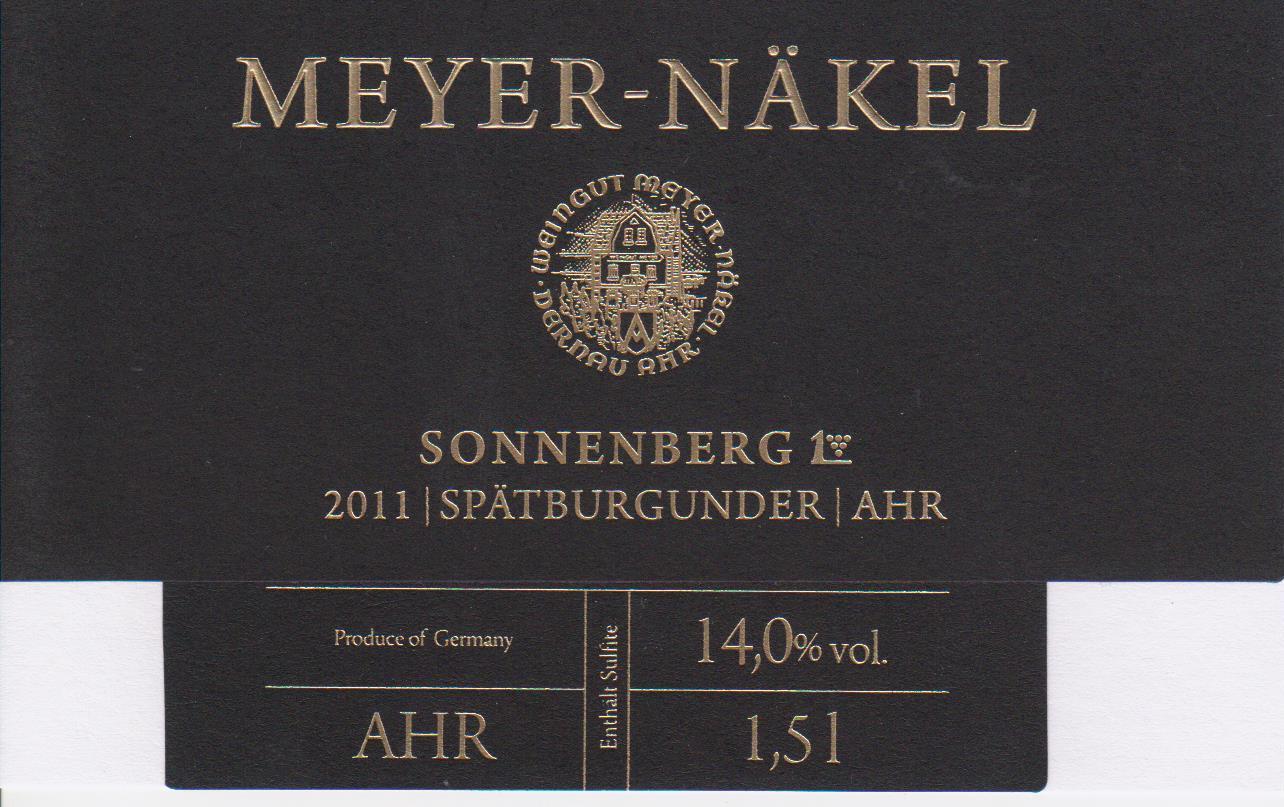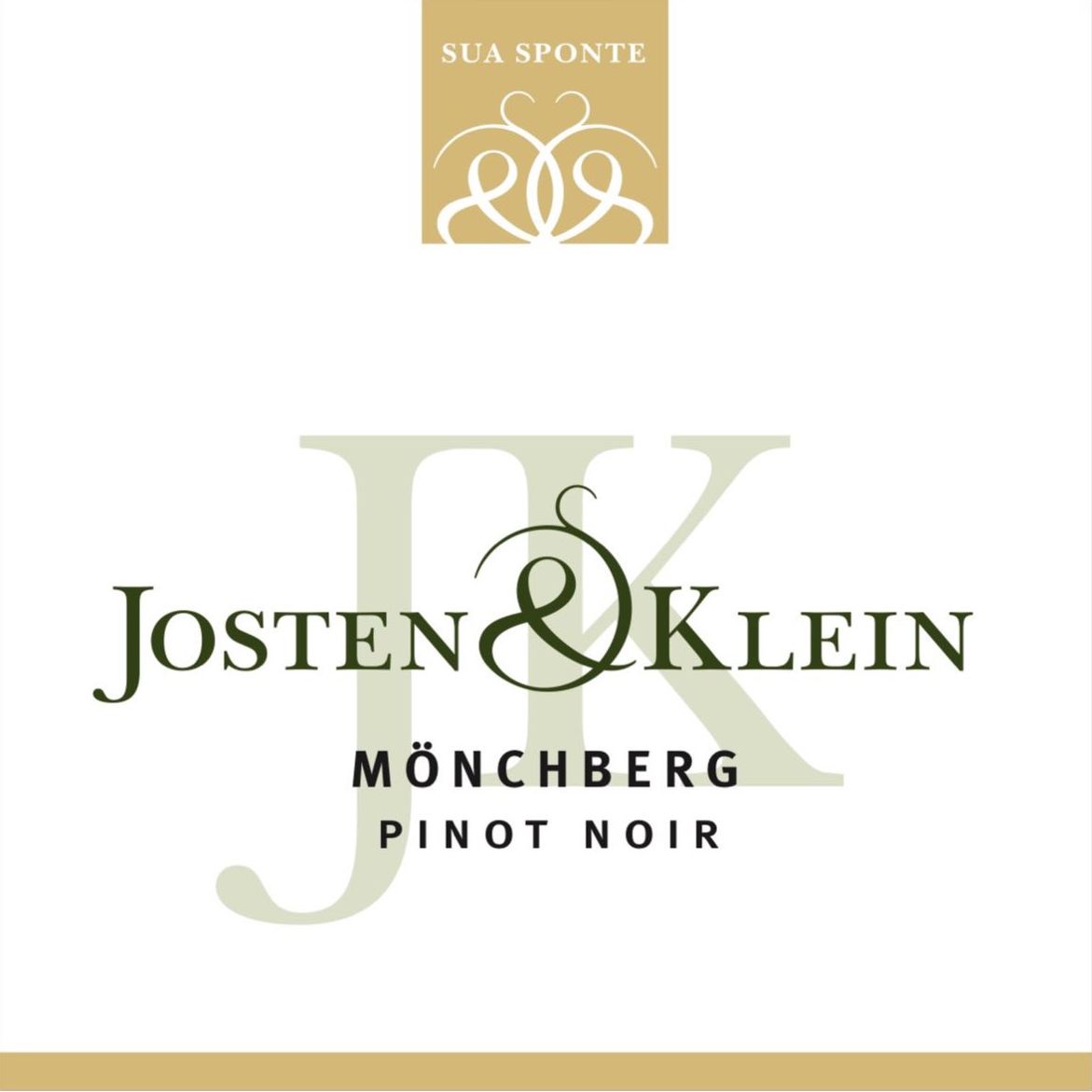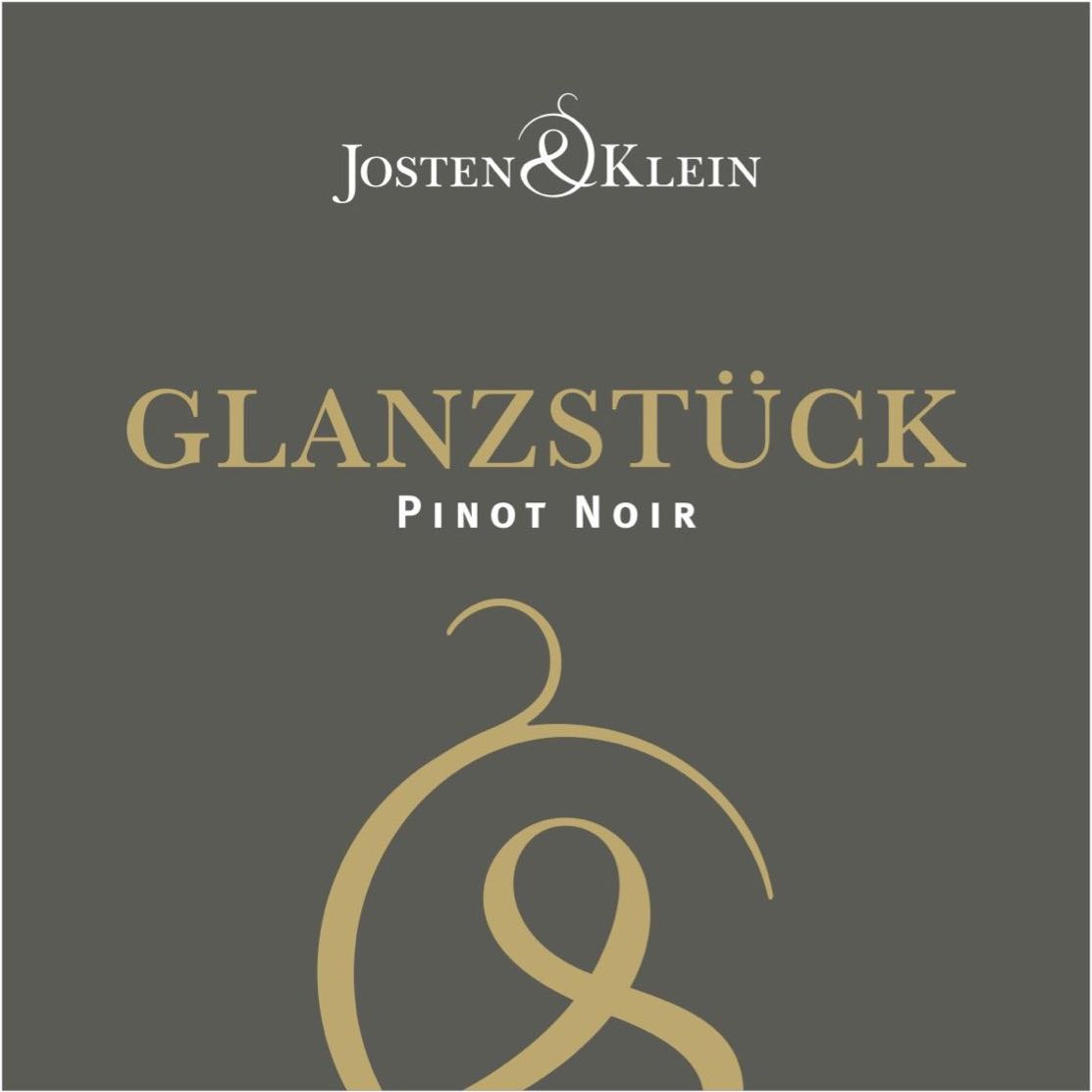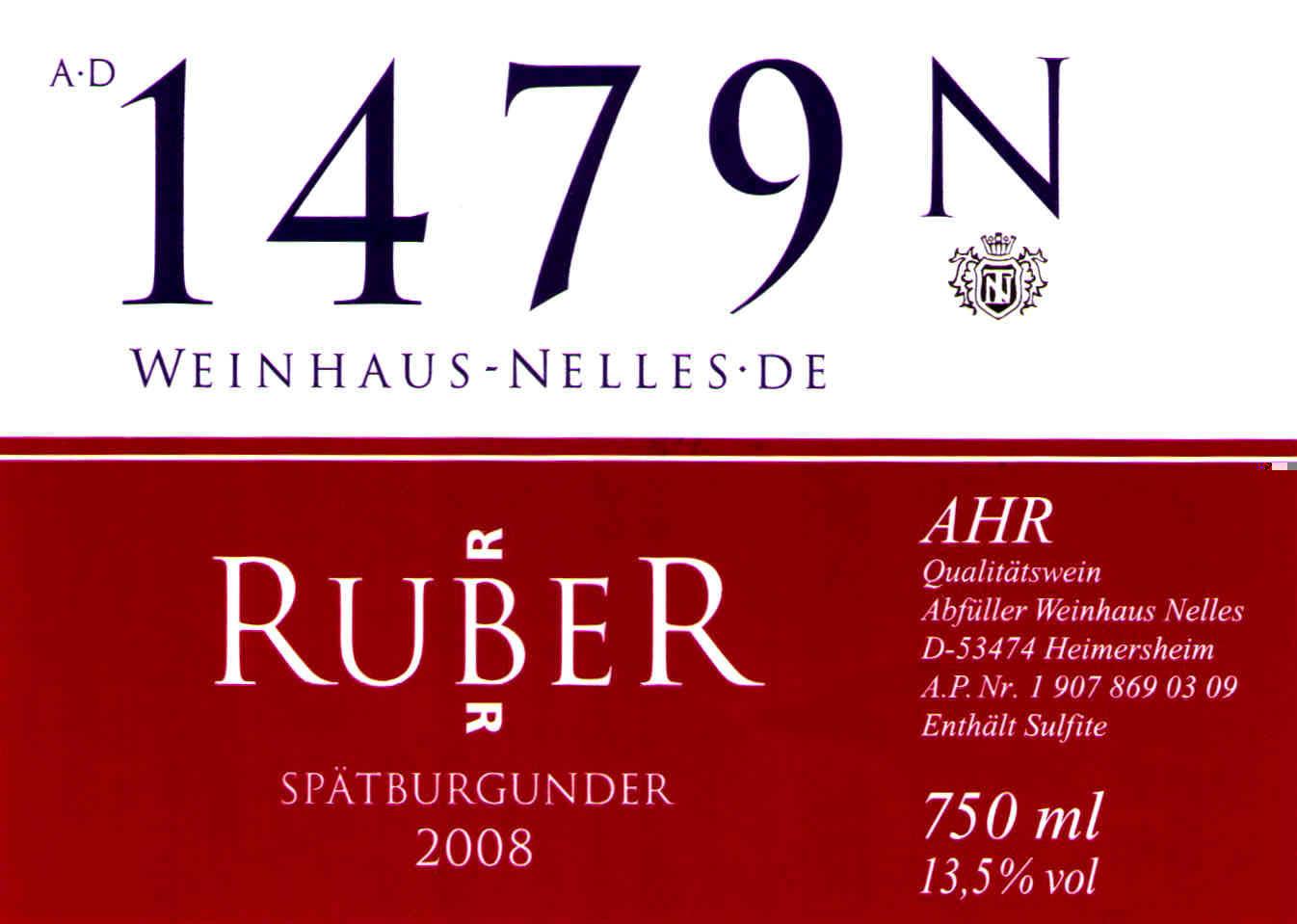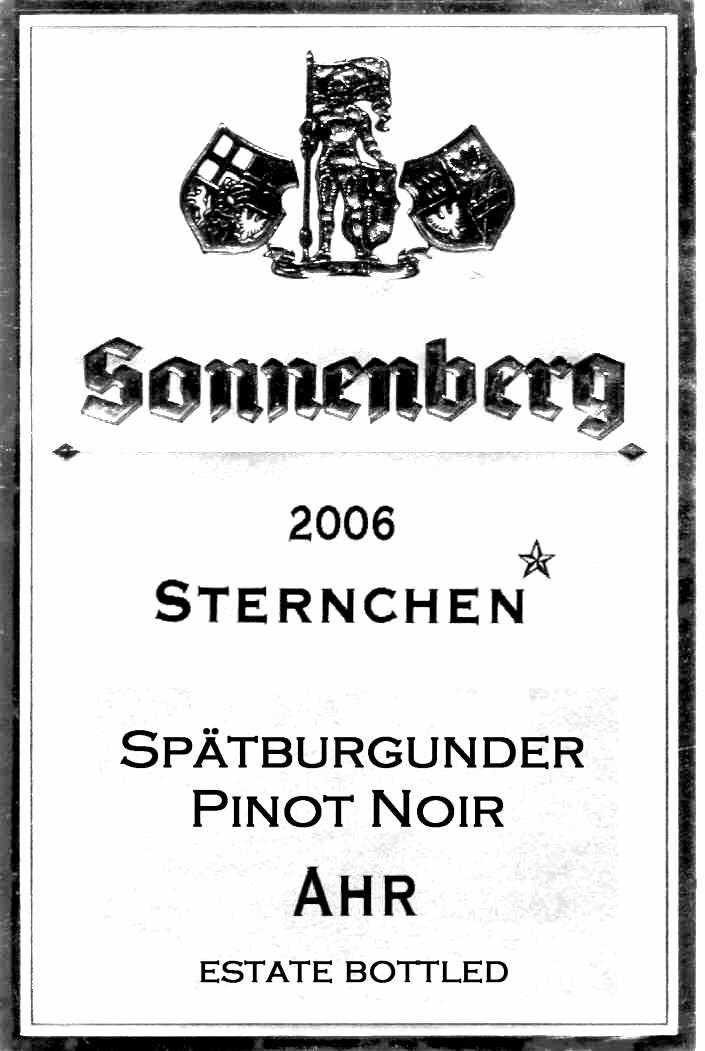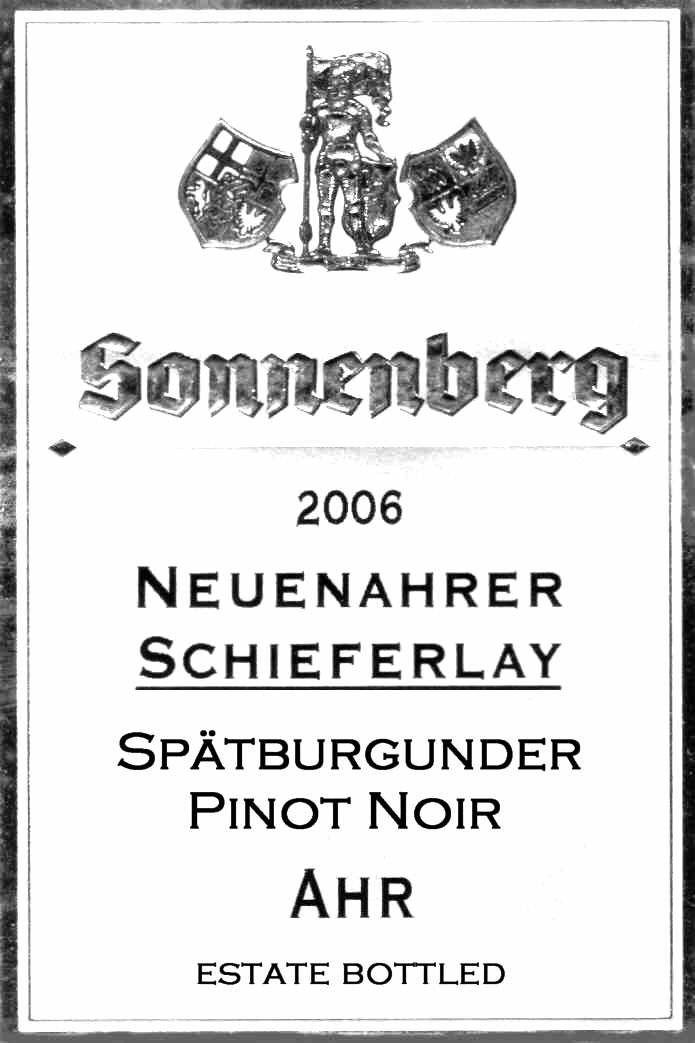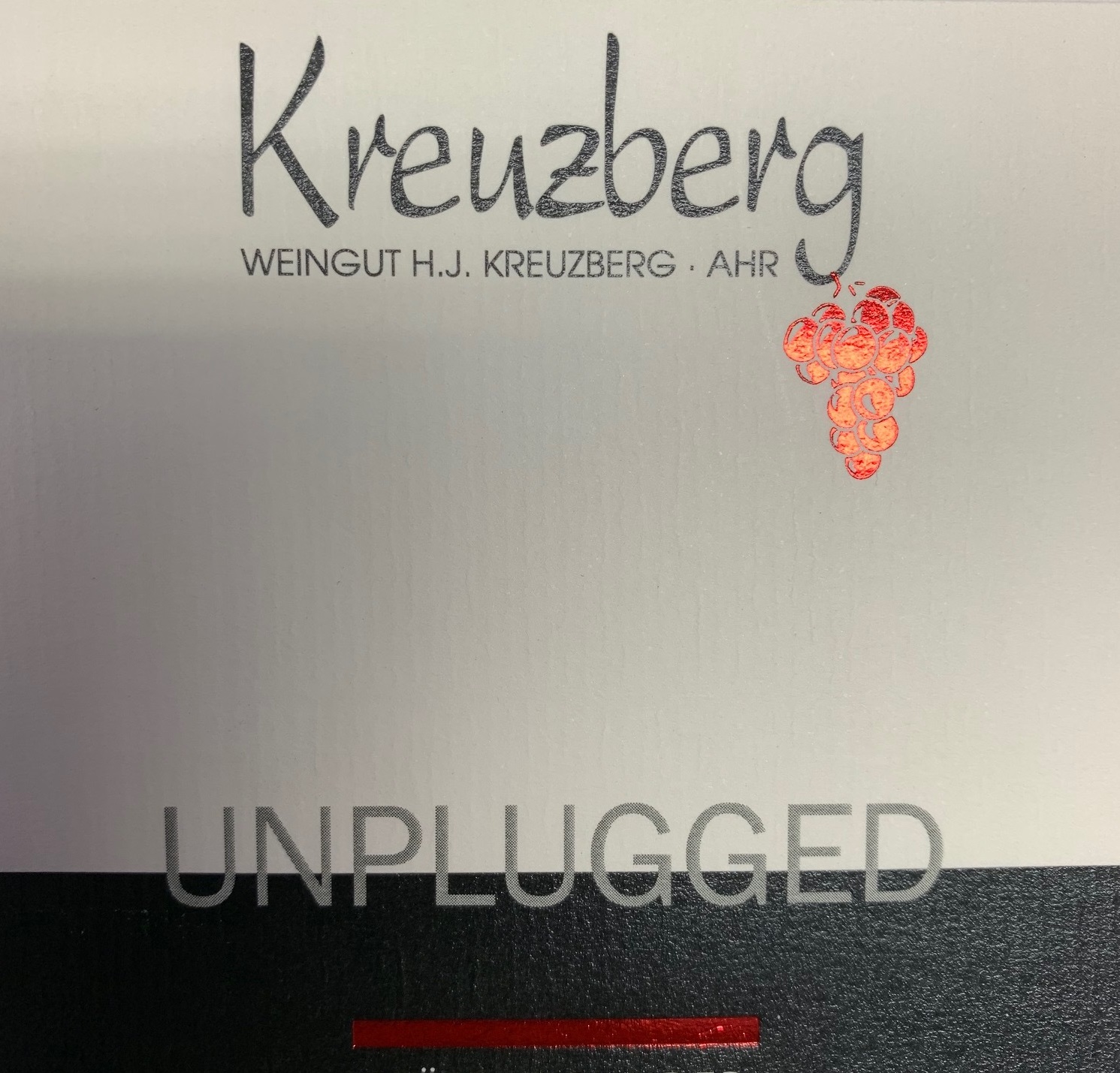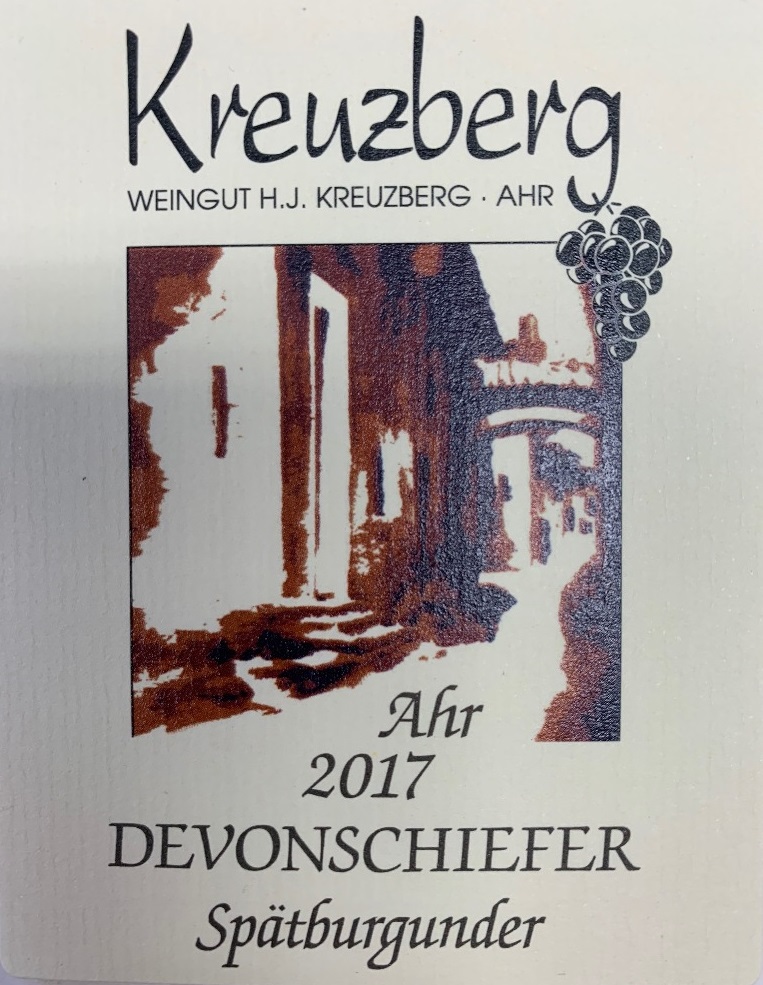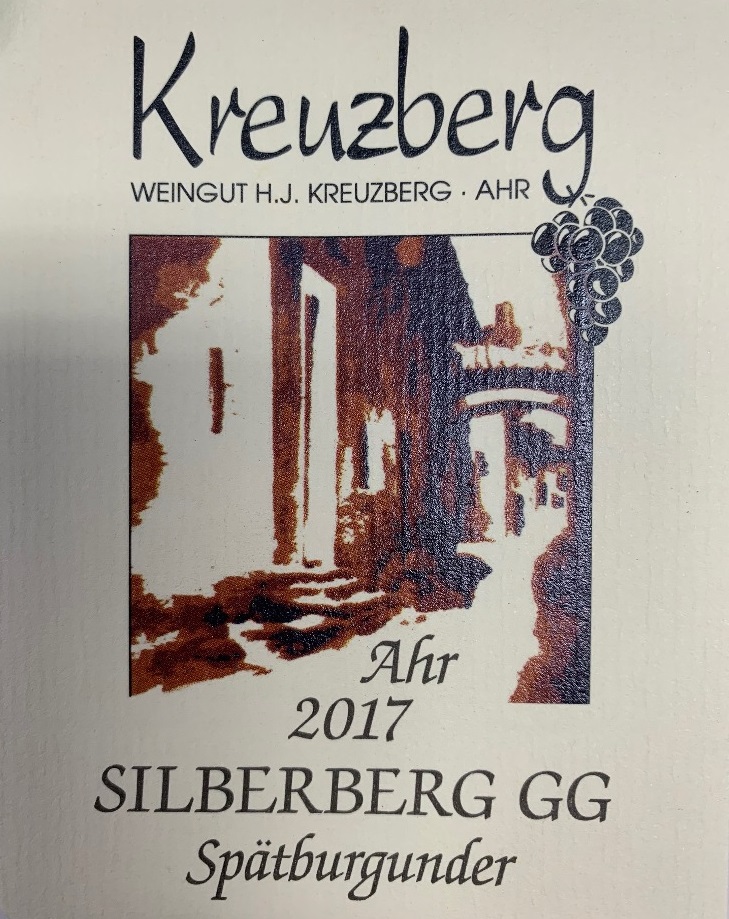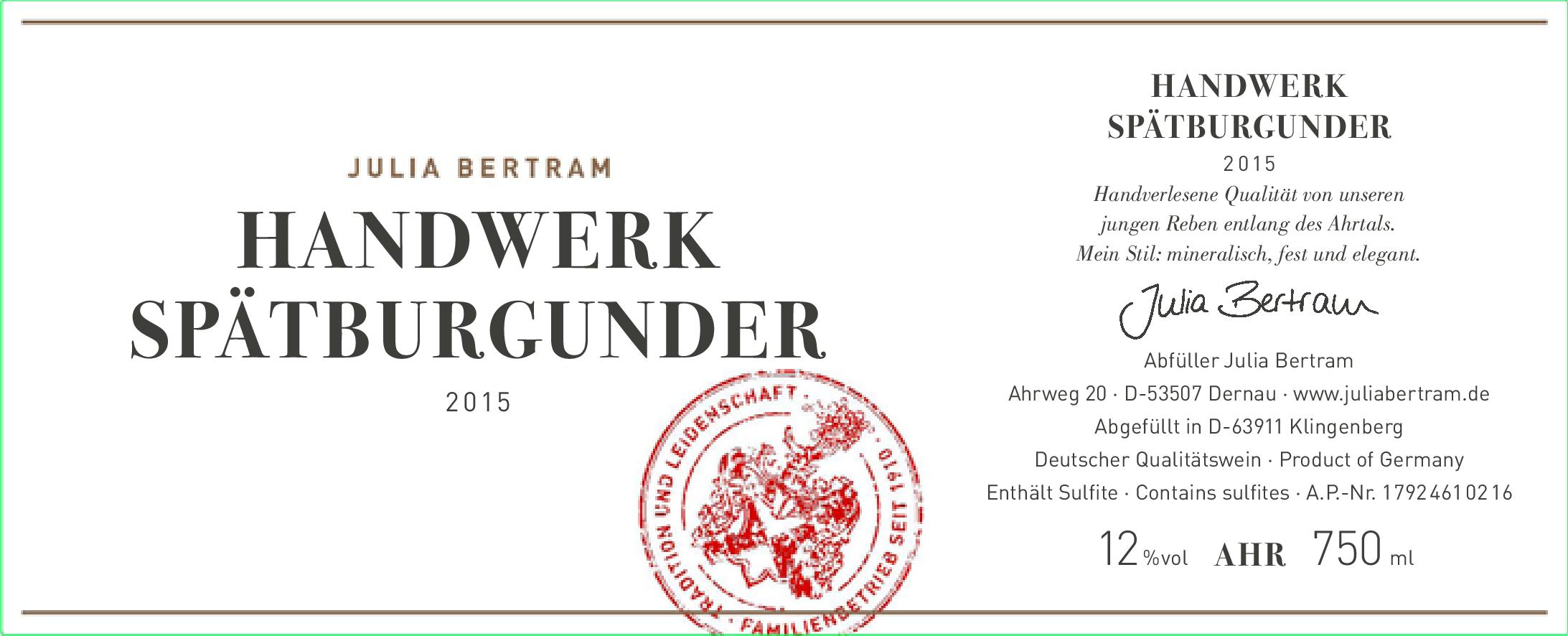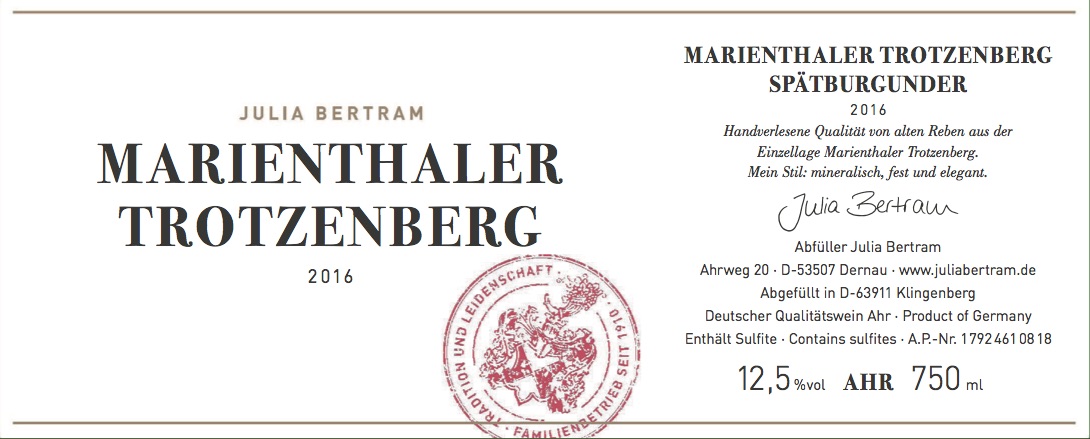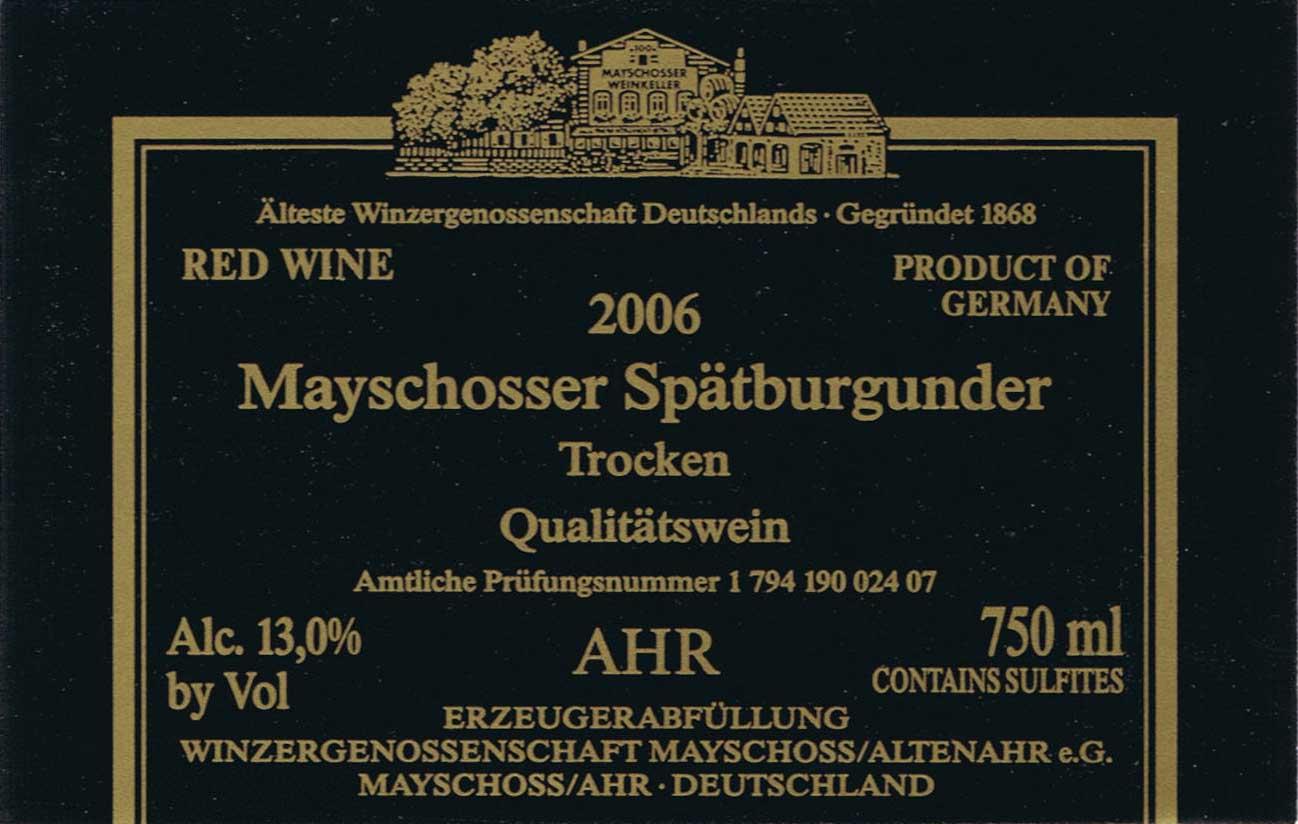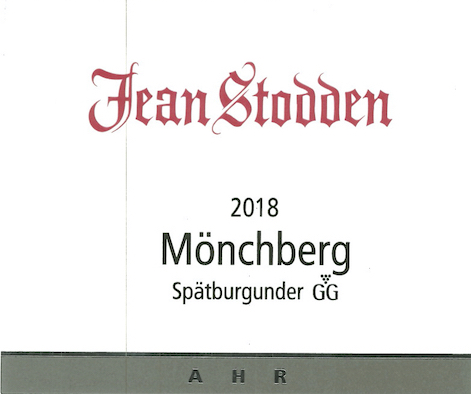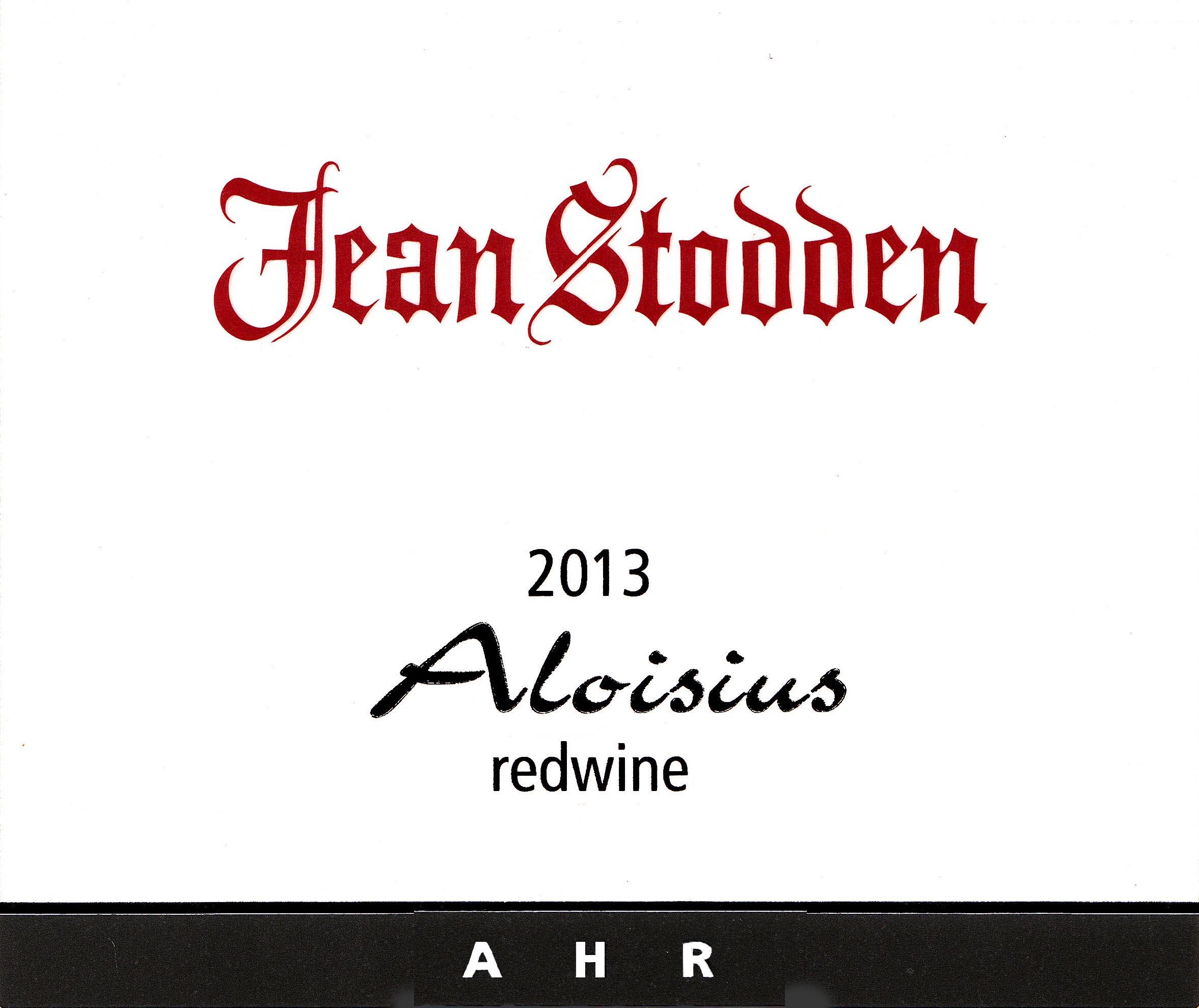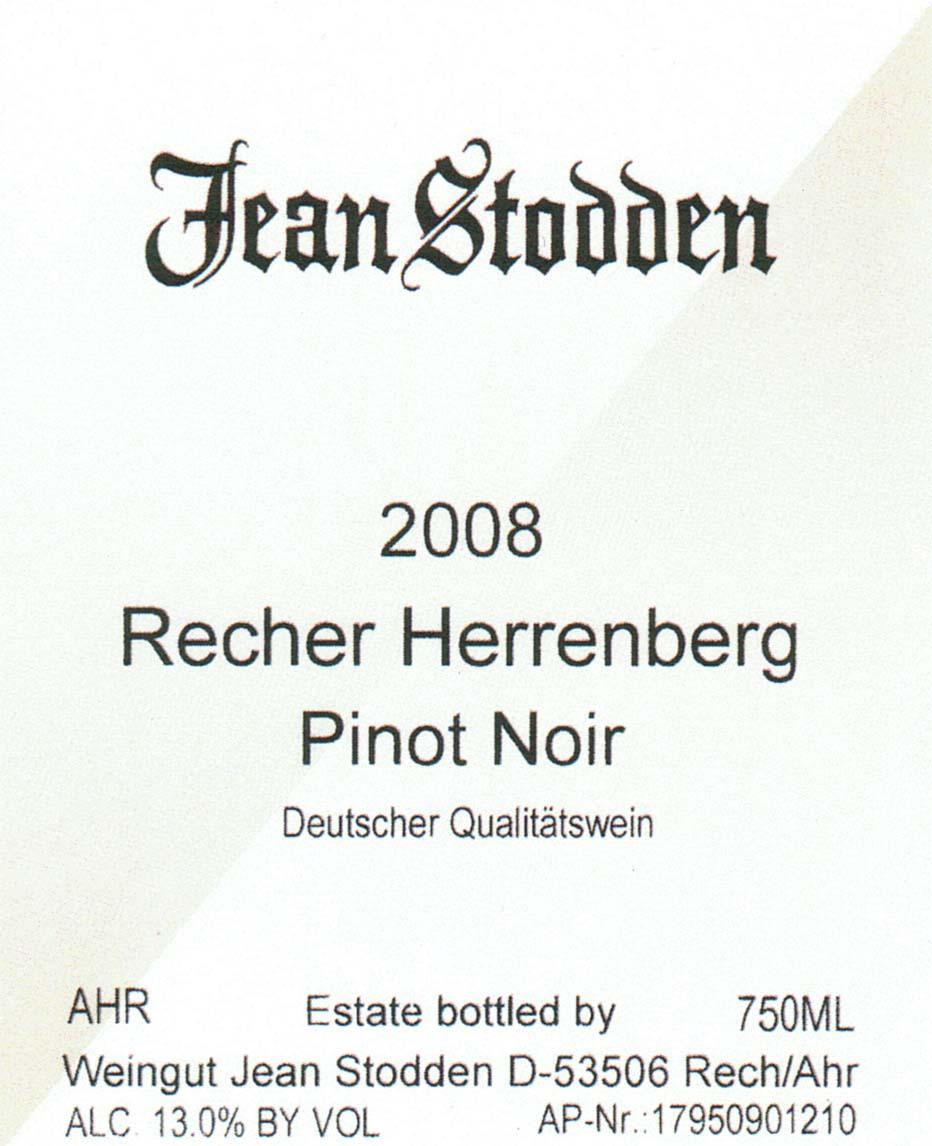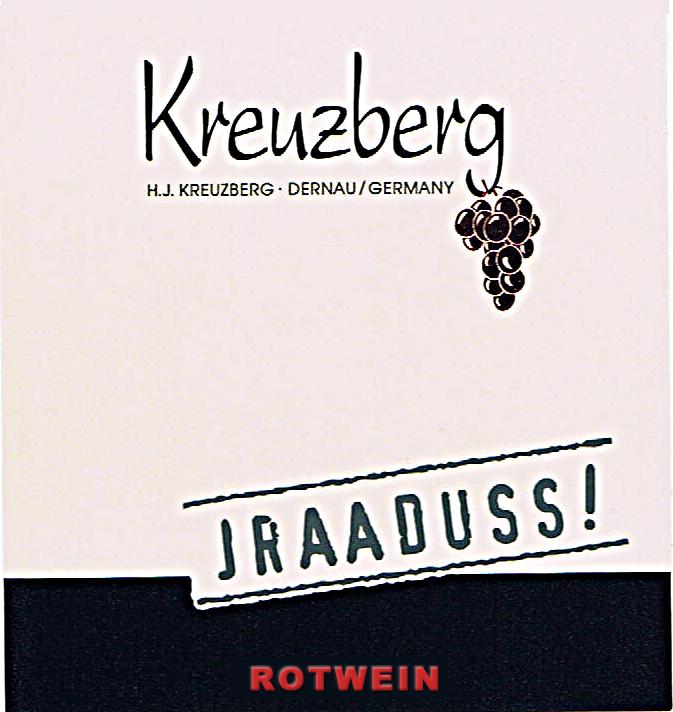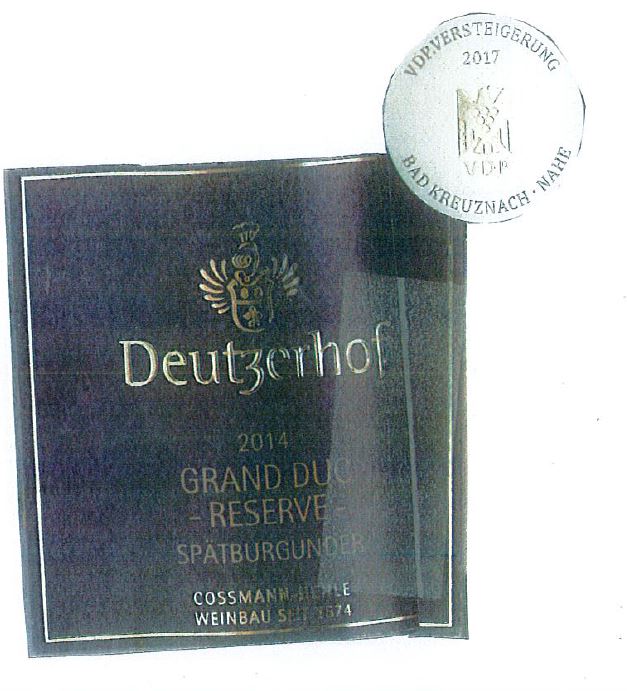Terroir of Ahr
The Ahr region's terroir is defined by steep, rocky hillsides and a sun-drenched, sheltered valley. With slopes oriented south and southeast, vineyards bask in ample sunlight, while surrounding hills shield them from wind and frost. This setting provides warm days and cool nights, vital for preserving acidity and ensuring optimal ripeness of red grape varieties.
The soils consist mainly of weathered slate and greywacke, interspersed with volcanic basalt. These thin, rocky soils excel at heat retention and drainage, imparting a mineral quality to the wines. The region's terraced vineyards span various elevations, creating diverse microclimates.
With moderate rainfall and dry, warm summers, the Ahr's climate fosters long, cool autumns, allowing grapes to mature fully on the vine. This unique combination of sunny slopes and heat-retentive soils perfectly suits Burgundy varieties, particularly Pinot Noir.
Notable Wineries in Ahr
The Ahr region, with its dramatic landscapes and storied vineyards, is home to several notable wineries that beautifully capture the essence of its unique terroir. Here are a few standout producers:
-
Meyer-Näkel: Renowned for robust and age-worthy Spätburgunder wines, this family estate crafts its bottles from steep, rocky vineyards.
-
Jean Stodden: A historic winery that embraced modern techniques in the late 1900s, known for its elegant, well-structured reds and carefully curated single-vineyard selections.
-
Kreuzberg: Esteemed for its precise and balanced Spätburgunder, this winery focuses on expressing the distinct characteristics of each vineyard site.
Sustainable Winemaking in Ahr
The Ahr wine region, known for its steep, rocky vineyards and premium Pinot Noir, is making strides in sustainability. Growers are implementing ground cover on their terraced slopes to reduce erosion, while mechanical weeding minimizes herbicide use. Integrated pest management, including canopy management and sulfur or copper sprays, replaces all-purpose pesticides, with many estates pursuing organic or biodynamic certification.
In cellars, resource efficiency is prioritized through water recycling and energy-saving innovations like solar panels. The region's response to the severe floods of 2021 includes enhanced drainage systems and riverbank restoration. By increasing clonal diversity, growers aim to better withstand extreme weather. These efforts ensure the preservation of the Ahr's unique terroir, from vineyard to bottle, while adapting to climate challenges.
Wine Tourism in Ahr
The Ahr Valley offers an immersive wine tourism experience, perfect for exploring Germany's renowned Pinot Noir region. The Ahr-Rotweinwanderweg, or Red Wine Trail, spans 30-35 kilometers from Altenahr to Bad Bodendorf. This scenic route provides opportunities to sample local Spätburgunder and regional dishes at small wineries and traditional wine taverns.
Bad Neuenahr-Ahrweiler, the region's main town, combines wine culture with wellness, featuring historic bathhouses and modern amenities. Visitors can explore castle ruins like Schloss Are for panoramic views. The area hosts wine hikes, harvest festivals, and events organized by local producers, highlighting the region's rich viticulture. Self-guided vineyard walks and bike-and-taste routes along the river offer a unique way to experience Ahr's red wines, all set against its stunning vineyard landscapes and historic villages.
